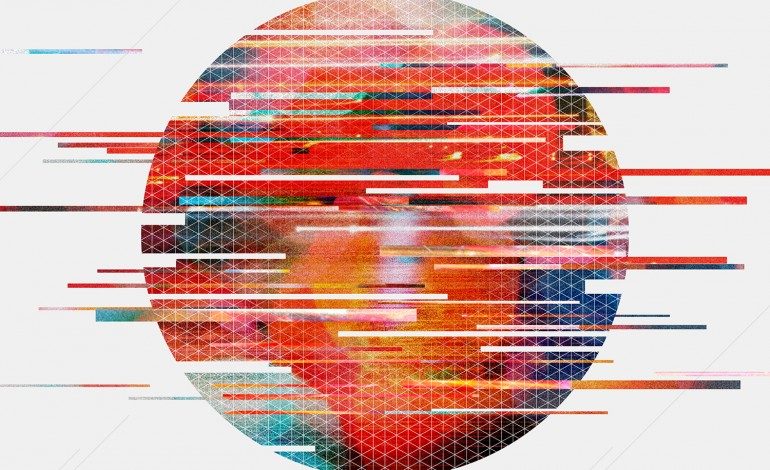

Spacious and Highly Accessible Rock Music
In 2014, Gates released their debut album Bloom & Breathe under Pure Noise Records – a record label known predominately for featuring pop-punk artists. However Gates notably diverged from this pattern by incorporating elements from a wide assortment of genres. Their music occasionally embraced the same caustic intensity of the post-hardcore genre, while their airy guitar arpeggios were more evocative of indie rock. And Gates’ compositional approach often embraced a post-rock-like focus on repetitive melodic figures and dense soundscapes over catchy hooks. With this unique consolidation of genres, Bloom & Breathe helped Gates to garner a diverse base of listeners.
Parallel Lives sees the band coupling the same rich atmospheric soundscapes and raw energy that characterized its predecessor. However on their latest release, Gates further exaggerates their post-rock influences. Throughout Parallel Lives, they carefully layer textures on top of one another, constructing beautifully ethereal atmospheres. The opening two tracks – “Forget” and “Habit” – incorporate spacious synth drones to establish a dreamy, wistful atmosphere. “Empty Canvas” on the other hand demonstrates the band’s impressive ability to layer effects-laden guitars, as they are able to craft a sound similar to post-rock act Explosions in the Sky. However, despite its impressive arrangement, the guitar work in this song – as with the majority of Parallel Lives – never feels bloated. Rather than engaging in guitar fanfare, Gates deliver compelling melodic material through use of repetition. Guitarists Dan King, Ethan Koozer and Kevin Dye consistently employ concise melodic figures that function primarily as textural elements that perfectly blend with drummer Daniel Crapanzano’s blistering percussion.
While Parallel Lives’ most distinctive feature may be its atmospheric soundscapes, the album offers enough harmonic and rhythmic variation to resist being definitively categorized as ‘post-rock’. While post-rock typically opts for static chord progressions that may extend loops indefinitely, Gates embrace the more accessible verse-chorus form. For this reason, their songs achieve greater harmonic variety as they typically contain two or more progressions rather than one. Notably, songs like “Color Worn” even modulate keys.
Rhythmically, Crapanzano and bassist Mike Maroney instill Parallel Lives’ with exciting dynamism. Along with the rest of the of the band they adeptly synchronize the syncopated rhythm of “Eyes” and the periodic, eighth-note hits in “Empty Canvas.” Towards the end of the record, “Left Behind” sees the band experiment within a rare 5/4 time signature. Even the album’s more restrained tracks often produce delightfully rousing drum performances. For example, the plodding guitar harmony of “House & Harmony” is nicely contrasted by its nimble, syncopated drum track.
Parallel Lives is a thoughtfully constructed work. Gates’ delicate guitar, synth and vocal timbres pair beautifully with the more aggressive drum and bass lines. And the album’s eleven songs flow together seamlessly, as Gates effectively balances high and low-energy tracks. The band admirably attempts to coalesce an impressive variety of stylistic elements. All things considered, Parallel Lines integrates some of post-rock’s more abstruse features within a radio-friendly format. While it may take another album for Gates to perfect their formula, they are surely headed in the right direction.
